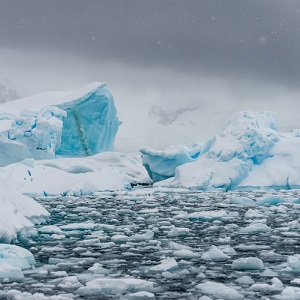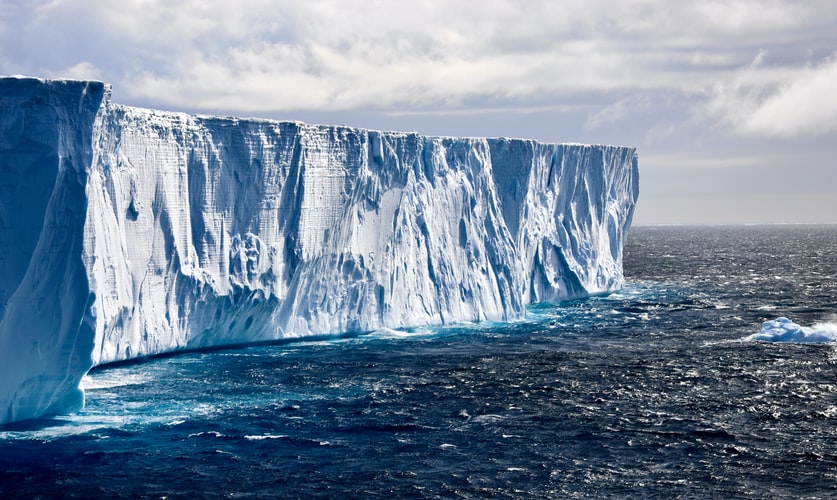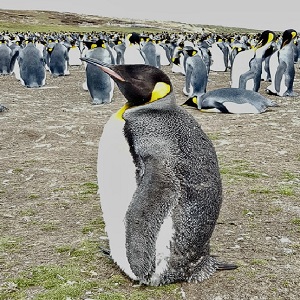Cuverville

Cuverville Island is well-known for its great variety of wildlife and massive population of Gentoo penguins. It is estimated that there are 7,000 breeding pairs on the island, hence it being identified as an 'Important Bird Area'. As well as these comical creatures, the Island is also home to several species of Antarctic seal, as well as an array of Antarctic birds, notably shags and Southern Giant petrels.A rocky dome dominates most of this small island, as well as the large patches of lichen and deep moss growing on the rocks, the only botanical species that can be found on the surface of Antarctica.
Weddell Sea

The Weddell Sea extents far south and is therefore under the direct influence of the very cold Antarctic Continental Climate. The continental borders of the Weddell Sea are formed by huge floating sheets of ice. These ice-shelves produce the huge tabular ice-bergs that are so abundant in the Weddell Sea. Scientists have declared the waters of the Weddell Sea to be the clearest water of any sea on Earth. The clarity of the water is on par with distilled water.
Falkland Islands

Isolated and sparsely populated with striking rural scenery and impressive wildlife populations, the Falkland Islands make a popular addition to voyages around Antarctica. Lying off the coast of Patagonia, the archipelago consists of the rugged East Falkland, hilly West Falkland and close to 800 smaller islands. With large and accessible colonies of king, rockhopper, gentoo and Magellanic penguins, as well as impressive nesting areas of albatross, the islands provide the ultimate birding experience with a number of marine animals adding further interest to the wildlife bill. Elephant and fur seals lounge on the shores while whales and dolphins populate the waters surrounding the islands.